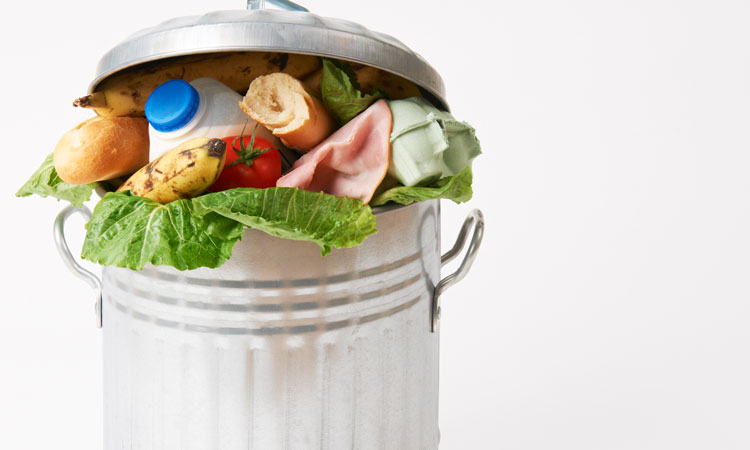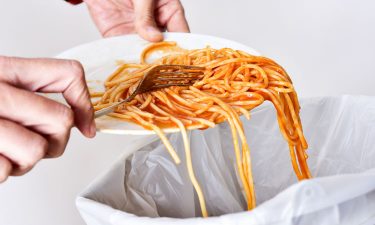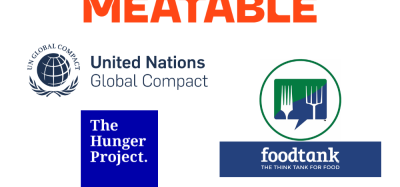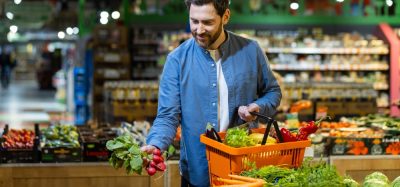Where does food waste occur?
- Like
- Digg
- Del
- Tumblr
- VKontakte
- Buffer
- Love This
- Odnoklassniki
- Meneame
- Blogger
- Amazon
- Yahoo Mail
- Gmail
- AOL
- Newsvine
- HackerNews
- Evernote
- MySpace
- Mail.ru
- Viadeo
- Line
- Comments
- Yummly
- SMS
- Viber
- Telegram
- Subscribe
- Skype
- Facebook Messenger
- Kakao
- LiveJournal
- Yammer
- Edgar
- Fintel
- Mix
- Instapaper
- Copy Link
Posted: 30 August 2019 | Darcy Simonis - Industry Network Leader for ABB’s Food and Beverage | No comments yet
Darcy Simonis, Food and Beverage Segment Network Leader at ABB, outlines the areas of manufacturing prone to food waste, and how they can be optimised to help tackle the issue.


In US households around 150,000 tonnes of food is thrown away every day, that’s around £1 per person. With some 88 million tonnes of food wasted in the European Union (EU) each year, and approximately a third of produce in Asia resigned to landfills, the food waste problem is an epidemic. Yet, the bulk of food thrown away does not even reach consumers.
According to the Food and Agriculture Association (FAO), in order to feed the growing population, food production will need to have increased by 60 percent from 2005 to 2050.
Yet, if the amount of food wasted around the world was reduced by just 25 percent, there would be enough to feed all those currently suffering from malnourishment.”
Food manufacturers play a major role in reversing food waste, not only by influencing supplier and end consumer behaviours, but with direct and tangible action in their own operations.
Keeping cool while cutting waste
After fruits and vegetables, meat and dairy are the most wasted edible products. Keeping food cold is important to ensure its safety and quality, as well as to extend its shelf life. Failure to provide the necessary temperature conditions for a food item has a direct influence on the product, which can be hazardous to consumers. Inadequate chilling of cooked meat or failing to maintain the cold chain can lead to microbiological growth, resulting in the product no longer being safe for consumption.
The global population is predicted to increase by 30 percent by 2050, and it is thought that 68 percent of people will be living in urban areas. In other words, many will be moving away from food sources, which presents additional logistics and storage challenges when trying to maintain an unbroken cold chain.
Additionally, more food is wasted as a result of inefficient refrigeration in developing countries than in developed ones. As the journey of food from the factory to the consumer changes, it is vital that manufacturers adapt and ensure effective refrigeration throughout a product’s lifecycle, while acting to provide an effective cold chain in all parts of the world.
Make the right predictions
From dramatic changes in weather, to social media campaigns encouraging plant-based lifestyles, a plethora of factors influence consumer purchases. It is important for manufacturers to be more aware of such impacts as they effect forecasting and inventory.
Stocking turkeys at Christmas and Thanksgiving is an example of intelligent planning. However, if


margins are miscalculated and too much of a perishable ingredient is ordered, manufacturers are left with substantial amounts of unused product. With better and more accurate forecasting models, food manufacturers can spend less time guessing and more time maximising the potential of the ingredients they already have.
Picking to perfection
Despite recent supermarket campaigns that promote misshapen and imperfect vegetables, if products do not match up with aesthetic ideals or are damaged during picking and palletising, they are often thrown away. In the past, delicate products such as fruits and pastries have been difficult for machinery to handle without causing damage. Today, advances in automation have meant that robots are able to handle goods with almost the same degree of care as human hands, but with greater efficiency and the ability to manage several picking and packaging tasks simultaneously.
Shifting dynamics
In addition, the average household demographic has changed. In fact, the UK Office of National Statistics (ONS) found that 28 percent of UK households has only one inhabitant, while the number of single person households in the US has been increasing since the 1920s. This shift in dynamics places a higher demand for single-portion servings.
To reduce unnecessary waste, packaging needs to reflect the change in demand. The introduction of snap-pack packaging means only a certain amount of a food product needs to be opened at once, while the rest can maintain freshness for longer by remaining sealed.
With an ever-increasing number of people to feed and growing pressure to improve sustainability, there really is no time – or food – to waste. Consumers need to act to reduce the amount of food they buy and fail to use, while manufacturers have the responsibility to review and optimise their processes in order to utilise resources efficiently.
Related topics
Related organisations
ABB, Food and Agriculture Organization (FAO), UK Office of National Statistics









